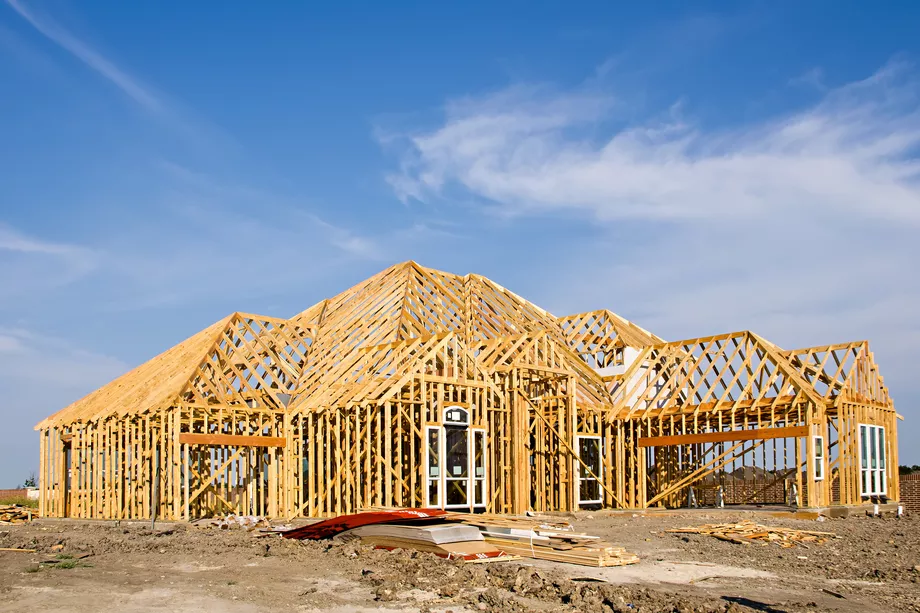Persistent labor shortage continues
The country’s construction industry may be swamped with work, with spending on new projects peaking at $1 trillion in November. But all the demand, and dollars, in the world can’t seem to fix the industry’s persistent labor shortages.
The lack of enough skilled workers and a narrow talent pipeline has added extra hurdles, time, and costs to many current projects, according to builders, hindering the current boom time in the industry.
“The number one issue is the cost and availability of labor,” says Randy Strauss, owner of Strauss Construction in Amherst, Ohio, roughly 40 miles east of Cleveland.
The issue is a nationwide one. Contractors in areas such as Houston, which were battered by Hurricane Harvey last year, have struggled to staff up, and the National Association of Home Builders recently foundthat 82 percent of its members believe the cost and availability of labor are their biggest issues. In 2011, only 13 percent named labor costs as their biggest worry.
Even with tax reform and regulatory rollback increasing optimism—many firms predict more business and new hires in 2018, according to a survey by the Associated General Contractors of America—builders and developers are wondering where they’ll find more skilled labor. With the U.S adding roughly 210,000 new construction jobs in 2017, according to the Bureau of Labor Statistics, and currently experiencing low unemployment, the industry’s growth keeps it from getting ahead of rising demand for workers.
“It’s like Groundhog Day,” says John Courson, President and CEO of the Home Builders Institute (HBI). “Nothing has changed since last year.”
/cdn.vox-cdn.com/uploads/chorus_asset/file/10085185/labor_shortage.jpg)
Homebuyers are more optimistic and looking to buy new homes, but labor continues to be a big issue. Builders are struggling to deliver homes on time, says Courson. Look at year-over-year permits, he says: it’s flat or even a little down, suggesting labor-constrained supply just can’t keep up with the increasing demand.
Frank Shaw, an economist with Fannie Mae, says the data shows hiring and wages are up for construction workers, but building is still slow overall, based on pre-recession numbers.
“Homebuilders are experiencing such high demand,” he says. “Perhaps they’re just feeling really tight, labor-wise, because they simply can’t build them fast enough.”
Ever since the recession, more than 1.5 million residential construction workers have left the industry. Fewer than half of those jobs have come back, making it difficult and more expensive for homebuilders to staff up, leading to a much older workforce. Those in the building trades today have an average age of around 50. Storms last fall, such as Irma and Harvey, and the sudden demand for new construction just exacerbated the existing skills shortage.
Organizations such as the HBI are trying to get more students and young workers to enter the industry, but its been an uphill battle. Strauss says that many local programs have sought to create apprenticeships, recruit former military to transition into construction, and add more workers to the talent pipeline. But it takes time to change larger labor force trends.
“There are so many schools with wood and metal shops sitting idle,” Strauss says. “I hope we can get them back. One thing that we can offer a young person is the ability to start their own business without a lot of investment. You can’t start your own factory or car dealership, but you can run your own construction company. “
With vocational education disappearing from many high schools, and the message that college is necessary for a successful career constantly broadcast to young students, many aren’t pursuing the building trades, despite the potential for high wages, high demand, and self employment. Until more younger students begin entering the building trades, the industry may continue to suffer from these shortfalls.
“We can only train students who want to be trained,” says Courson. “We have to sell the parents on the notion that Johnny or Judy will have good, high-paying jobs with upward mobility.”
By

